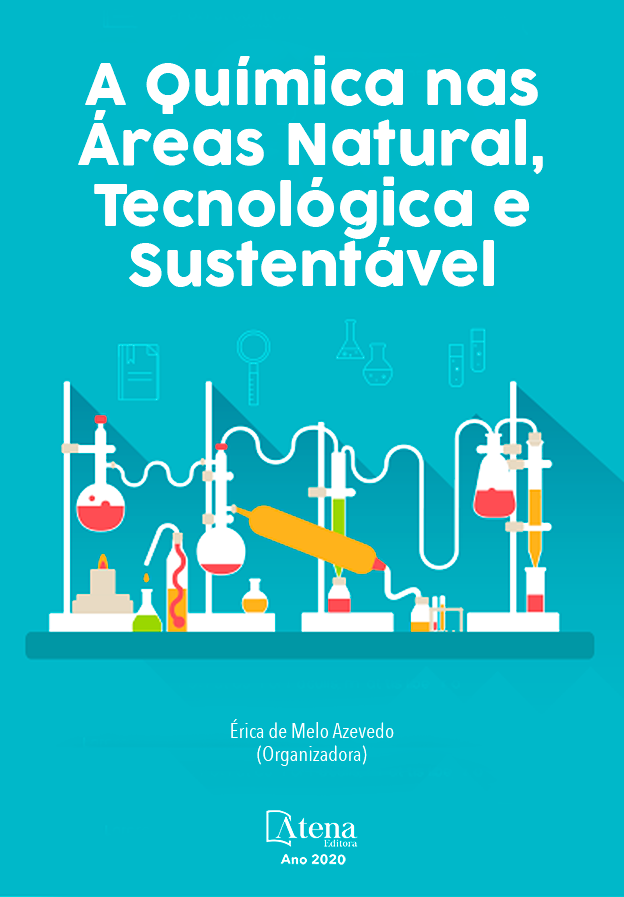
EFEITO DA HOMOGENEIZAÇÃO À ALTA PRESSÃO NA ESTABILIZAÇÃO DE EMULSÕES OBTIDAS POR SISTEMAS DE BIOPOLÍMEROS WPC:ALG
Os alimentos são sistemas particulados com estruturas que ocorrem naturalmente ou que são criadas por processamento. Assim, biopolímeros como proteínas e polissacarídeos são utilizados em emulsões devido suas características emulsificantes e estabilizantes, pois quando presentes na fase aquosa influenciam na estabilidade através de diversos mecanismos. Porém, o processo de homogeneização utilizado é outro fator importante por reduzir o tamanho das gotículas refletindo na estabilidade de emulsões. O objetivo deste trabalho foi avaliar o efeito da homogeneização à alta pressão na estabilização de emulsões obtidas por coacervados complexos WPC:alginato de sódio em diferentes teores de óleo de soja buscando identificar as microestruturas formadas por meio de avaliação visual, reologia, tamanho de gotas e microscopia ótica. A avaliação visual mostrou estabilidade das emulsões, o modelo Lei da Potência ajustou-se bem aos dados (R2 = 0,99) com comportamento pseudoplástico (n<1), porém curvas de viscosidade aparente apresentaram tendência ao comportamento newtoniano justificando a ausência de viscoelasticidade nas amostras. A microscopia ótica indicou que o aumento de óleo elevou o volume de gotas nos sistemas, mas não interferiu em seu tamanho, fato comprovado pela distribuição de tamanho de gotas que apresentou maior volume de gotículas na faixa de 20 a 30 µm para todos os teores de óleo.
EFEITO DA HOMOGENEIZAÇÃO À ALTA PRESSÃO NA ESTABILIZAÇÃO DE EMULSÕES OBTIDAS POR SISTEMAS DE BIOPOLÍMEROS WPC:ALG
-
DOI: 10.22533/at.ed.85920170929
-
Palavras-chave: concentrado proteico de soro de leite, alginato de sódio, coacervação complexa, comportamento reológico de emulsões, tamanho de gotas
-
Keywords: whey protein concentrate, sodium alginate, complex coacervation, emulsions behavior rheological, droplets size
-
Abstract:
Foods are particulate systems with structures that occur naturally or that are created by processing. Thus, biopolymers such as proteins and polysaccharides are used in emulsions due to their emulsifier and stabilizer characteristics, because when they are presented in the aqueous phase they influence stability through several mechanisms. However, the homogenization process used is another important factor for reducing the droplets size reflecting on the emulsion’s stability. The objective of this work was to evaluate the effect of high-pressure homogenization on the emulsion’s stabilization obtained by WPC: sodium alginate complex coacervates in different levels of soybean oil, seeking to identify the microstructures formed by analysis of visual evaluation, rheology, droplet size and optical microscopy. The visual evaluation showed emulsions stability, the Power Law model was adjusted well to the data (R2 = 0.99) with shear thinning behavior (n < 1), but apparent viscosity curves showed a tendency to Newtonian behavior justifying the absence of viscoelasticity on the samples. Optical microscopy indicated that the increase of oil increased the droplets volume in the systems, but did not interfere in their size, a fact confirmed by the droplet size distribution that presented a greater volume of droplets in the range of 20 to 30 µm for all levels of oil.
-
Número de páginas: 15
- Vania Regina Nicoletti
- Kivia Mislaine Albano


